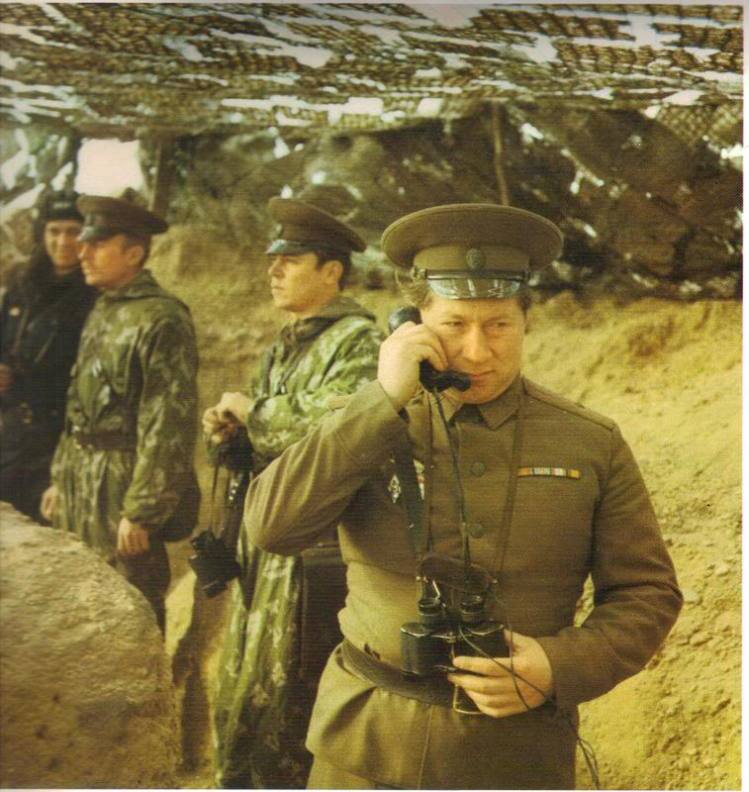A previous post spent some time introducing the hierarchy and function of military ranks. This entry is devoted to exploring the basic characteristics of the various commissioned officer ranks in a typical armed forces organisation.
As note previously, officers are those individuals in an armed force that exercise the authority of the head of state, through means of a commission. Officers exercise leadership and battlefield initiatives through a chain of command that carries orders from superior officers (higher ranking) to subordinates (lower ranks) who are typically enlisted personnel.
Consider the table below, comparing officer ranks between three different armies’ ground forces (click to enlarge):
The examples illustrated above represent three popular and well-known systems of officer rank. That of the US Army is well-known throughout the world, possibly due to the publicity the armed forces receives through the American film industry. The US rank system is used only by that country and, as can be seen above, incorporates symbols unique to its national identity (such as oak leaves and eagles).
The Canadian system is derived from that of the United Kingdom, and is also employed by various commonwealth armies including India, Australia, New Zealand and South Africa. The UK system is the mostly widely used rank structure in the world. In commonwealth countries where the Queen is no longer head of state, the crown is often substituted with an applicable national symbol.
The Russian system is different from the preceding examples, not only in symbolism, but also in structure. This rank structure employs three different grades of lieutenant, whilst it omits a brigadier equivalent rank. The Russian format is followed by most former Soviet republics (e.g. Ukraine) and certain Marxist/communist influenced states (e.g. North Korea).
Regarding the varied use of symbolism, it is interesting to note the usage of stars across the three systems of rank. Whereas the US reserves stars only for general officers, the Russian system utilises stars for all its officer ranks. The Canadian/commonwealth pattern uses the four pointed star of the Order of the Bath (a British order of chivalry) which is commonly referred to as a “pip” when it appears on military rank insignia (for a discussion on Canadian rank insignia, click here). The US pattern is further distinguished from the Russian and Canadian examples in that most of its ranks do not “stack” the same symbols on top of each other to denote progression in seniority, and each rank has its own unique symbol (the exception being the general ranks, which stack the five-pointed stars to indicate seniority). In the commonwealth system, general ranks are indicated by a sabre crossed with a baton (the baton is a symbol of command authority). However, in the United Kingdom, a brigadier is not considered a general rank and as such it does not display a sword and baton, but rather three pips and a crown (one pip greater than a colonel).

Brigadier [UK]
General officers are one of three categories that are used to refer collectively to officer ranks. General ranks are those ranks that typically contain the term “general”, which refers to the general nature of the command these officers exercise (being at the apex of the rank hierarchy). Field officers typically refer to those officers that command large/combined units and formations in the field of battle, and include brigadiers, colonels (including Lt.Col.) and majors. Junior officers refer to the lowest officers grades that are usually responsible for commanding smaller individual formations on the field of battle, such as a company or platoon. Together, these officers and their respective grades consitute the chain of command that makes organised and effective warfare possible.

